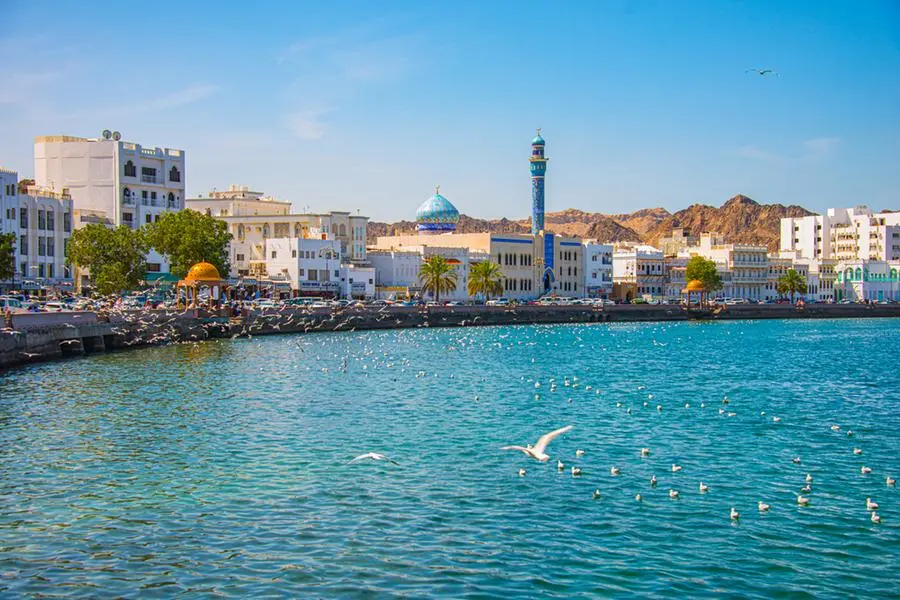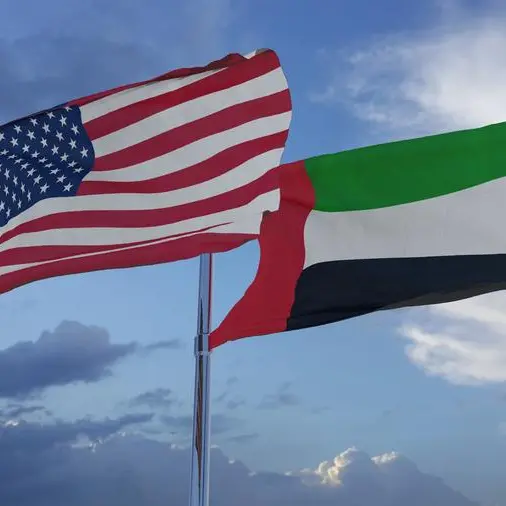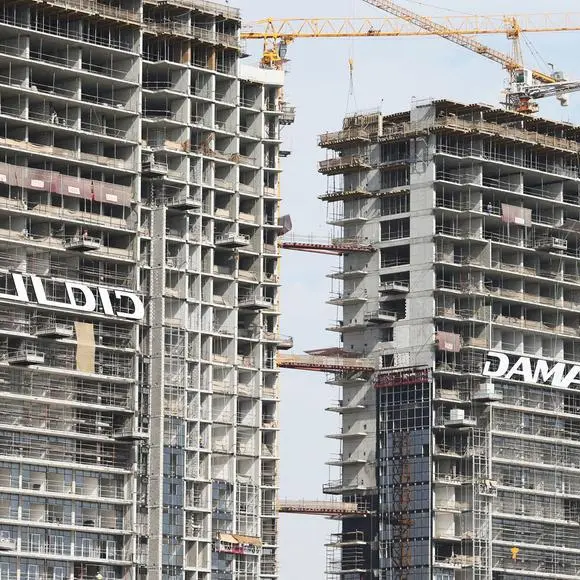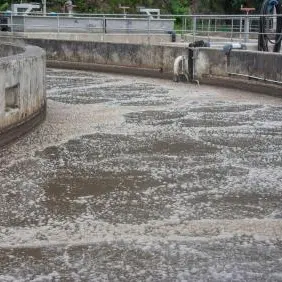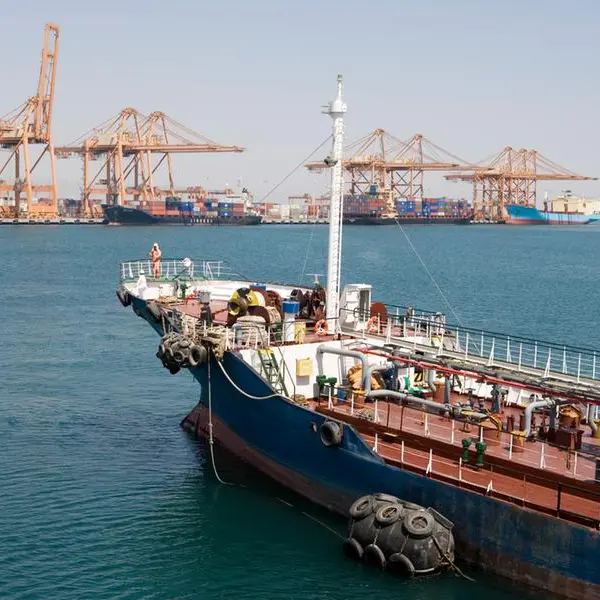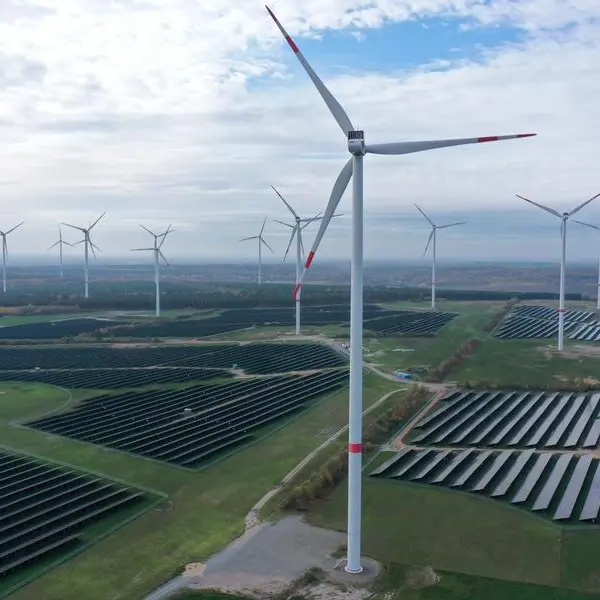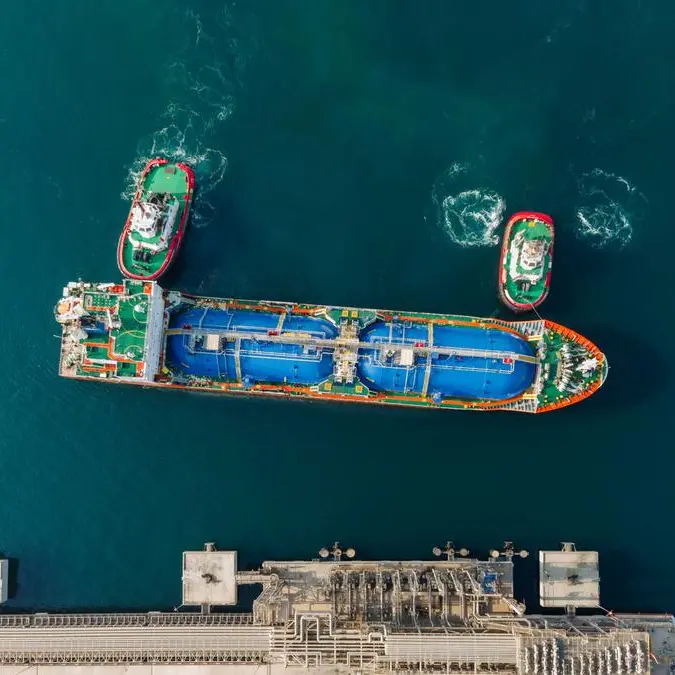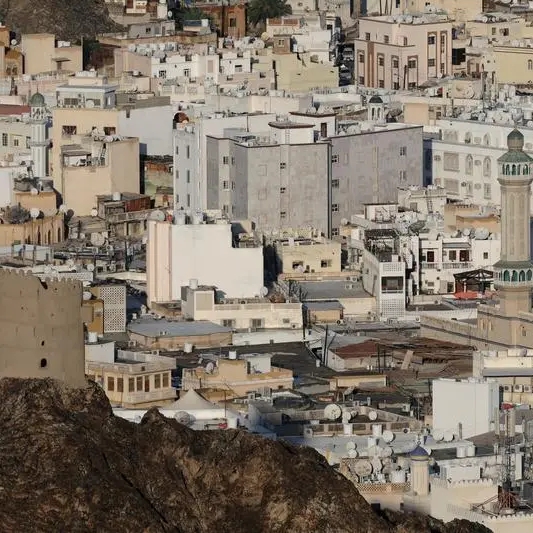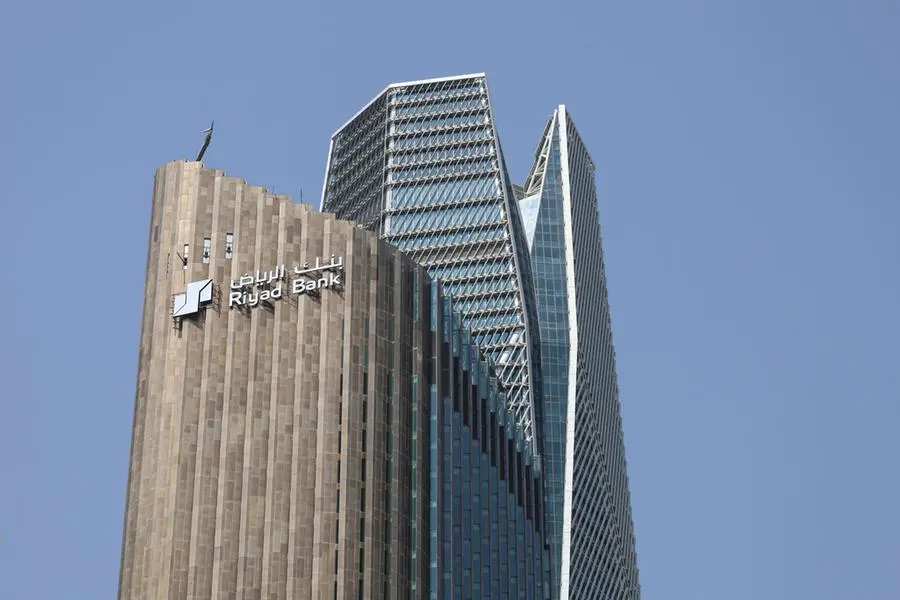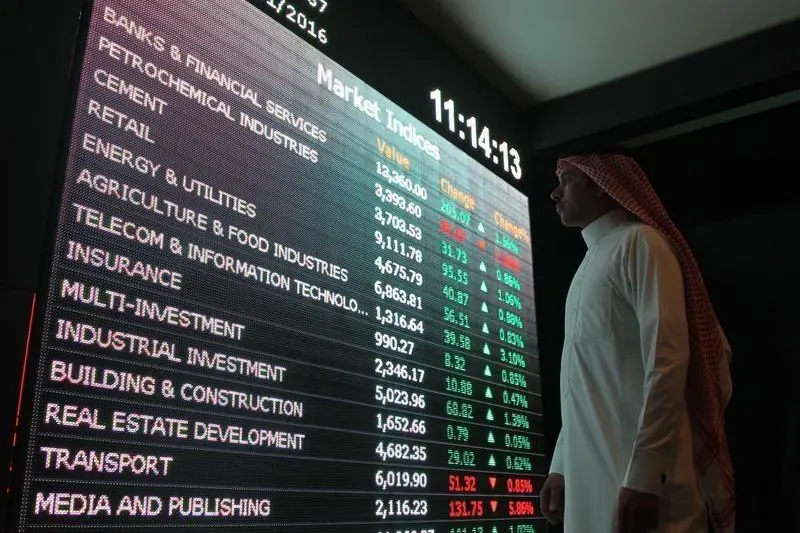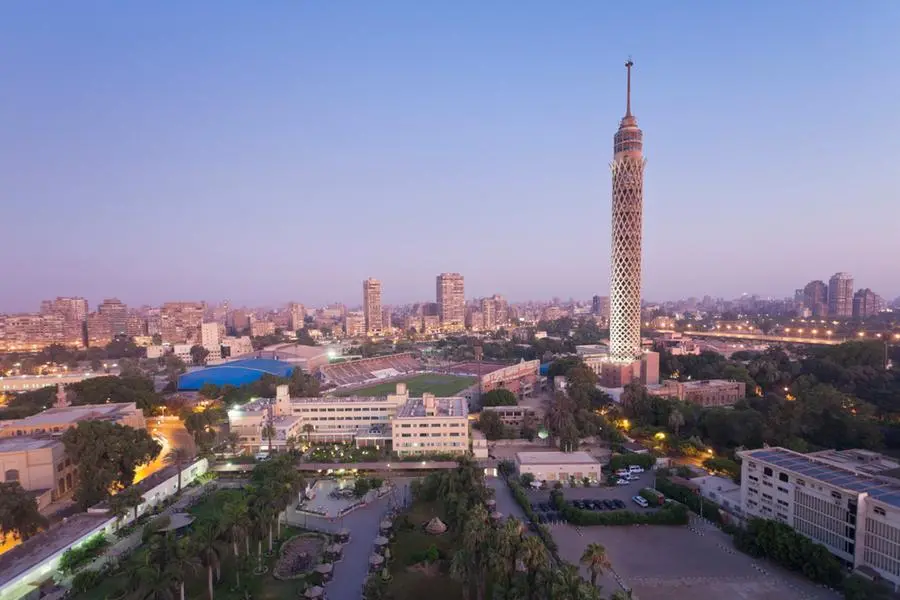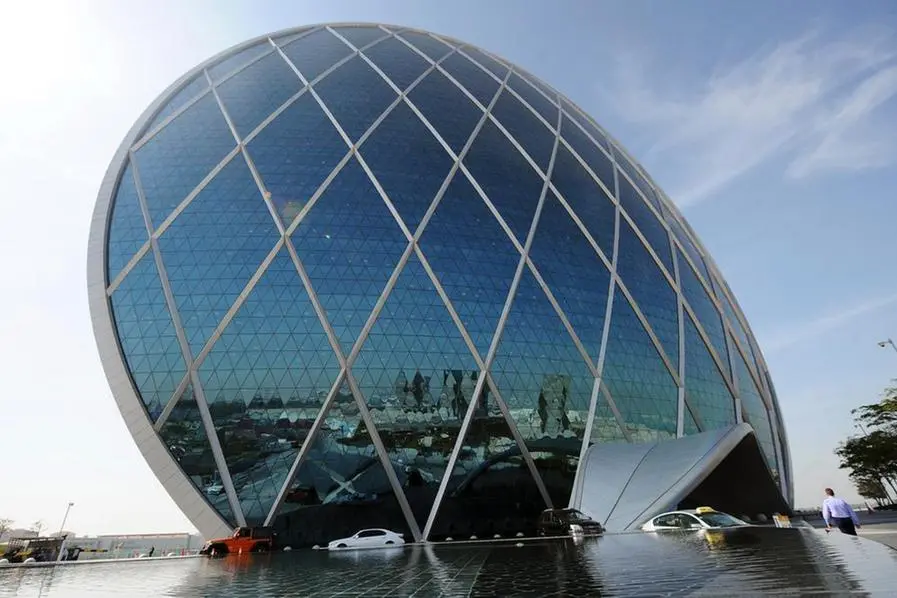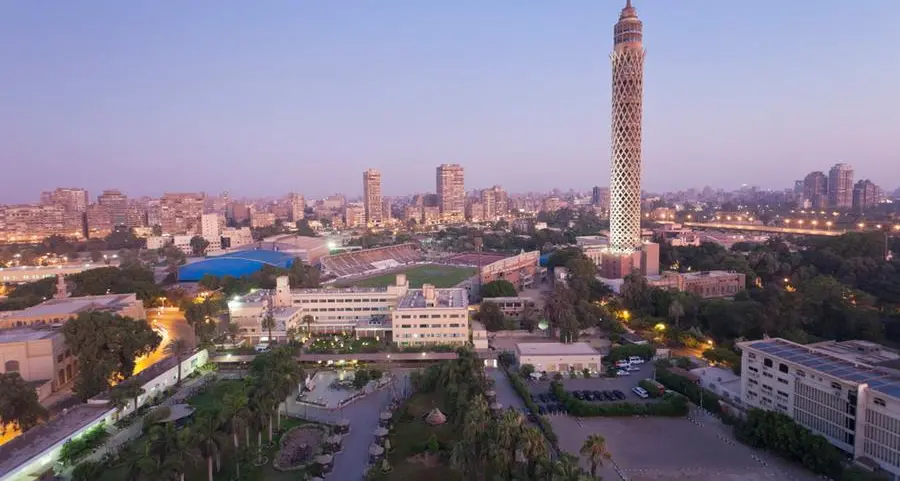PHOTO
Muscat – Non-oil sector will drive Oman’s economic growth in 2023, thanks to positive momentum and rapid expansion in a range of sectors in the sultanate, according to a new report.
‘The outlook for Oman’s non-oil sector remains positive, buoyed by government infrastructure spending, a surge in tourist arrivals, and falling inflation,’ Emirates NBD, a leading bank of the UAE, said in a research report.
Emirates NBD forecasts Oman’s real GDP growth at 1.7% for 2023, following 4.3% in the previous year. For non-oil GDP, Emirates NBD forecasted a growth of 3.5% this year.
‘One of these (sectors) is tourism, with the sector bouncing back from the COVID-19 pandemic last year with 2.9mn visitors, marking an increase of 348% year-on-year and contributing to the 17.3% growth in restaurants and hotels GDP. 2023 got off to a strong start with 177% year-on-year growth in visitors in January, and ongoing investment as part of the Oman Vision 2040 plan will help support this over the coming quarters with numerous new projects earmarked for the next two years,’ the report said.
The report noted that nearly two-thirds of the visitors to Oman last year came from the UAE, and the development of the rail network between the two countries will help facilitate ongoing growth in these numbers in the years ahead.
Oman Rail and Etihad Rail have an agreement to develop the rail network from the UAE to Oman, which once passenger services are launched will make leisure travel between the two countries easier as it introduces travel times of 100 minutes between Abu Dhabi and the Omani port of Sohar.
‘Crucially, the development of the railway will also buttress another key development industry in Oman, namely logistics, which has been earmarked by the Omani government as a key target sector to support economic diversification from hydrocarbons,’ Emirates NBD noted.
It said the ongoing growth of new sectors will support new jobs in Oman, with the labour market having rebounded strongly since the pandemic.
Oman recorded real GDP growth of 4.3% in 2022, the strongest rate of expansion since 2016. Growth was driven by the hydrocarbon sector which expanded 10.2% and totals just over a third of GDP.
Oil GDP grew 11.0%, similar to the double-digit gains seen elsewhere in the GCC, while natural gas expanded 5.9%.
However, the non-oil sector was the laggard in 2022 as it grew 1.6%.
‘As with the rest of the GCC, our expectation is that the dynamics of growth in Oman will be reversed this year due to the voluntary oil output cut of 40,000 barrels per day that the country began in May and intends to continue through to the end of 2024 as things stand,’ Emirates NBD said.
Improving fiscal environment
According to Emirates NBD report, Oman is arguably in a stronger growth position thanks in part to a marked improvement in its fiscal conditions over the past several years.
The bank estimates that Oman ran a budget surplus equivalent to 4.0% of GDP in 2022, its first in over 15 years, as the GCC benefited from higher oil prices and a ramp-up in production.
‘Oil revenues are set to be lower this year, but with a fall in expenditure also anticipated as the integrated gas company means transportation expenses fall away, the budget will be only moderately negative, at -0.1% in 2023 according to our forecasts, and returning to surplus at 1.0% in 2024,’ Emirates NBD said.
Oman’s budget surplus increased to RO520mn during the first four months of 2023, compared to a surplus of RO468mn during the same period of last year, according to the Ministry of Finance data.
‘The government has tempered any increase in its untargeted spending even as oil prices surged, instead focusing on a series of infrastructure projects that are aimed at supporting the economic diversification programme,’ Emirates NBD said.
After ramping up rapidly in the years after the oil price collapse in 2014, government debt peaked at 70.0% of GDP in 2020 as the COVID-19 pandemic struck and oil demand fell off a cliff.
However, there has been solid progress in bringing debt down while conditions have been more favourable, and it fell to 40.1% last year and the government has paid off a further US$2.9bn in loans in the first quarter.
This progress has led to a series of upgrades from the major ratings agencies, as Moody’s upgraded its credit rating for Oman from Ba3 to Ba2 with a positive outlook last month, edging it closer to investment grade once again.
© Apex Press and Publishing Provided by SyndiGate Media Inc. (Syndigate.info).
